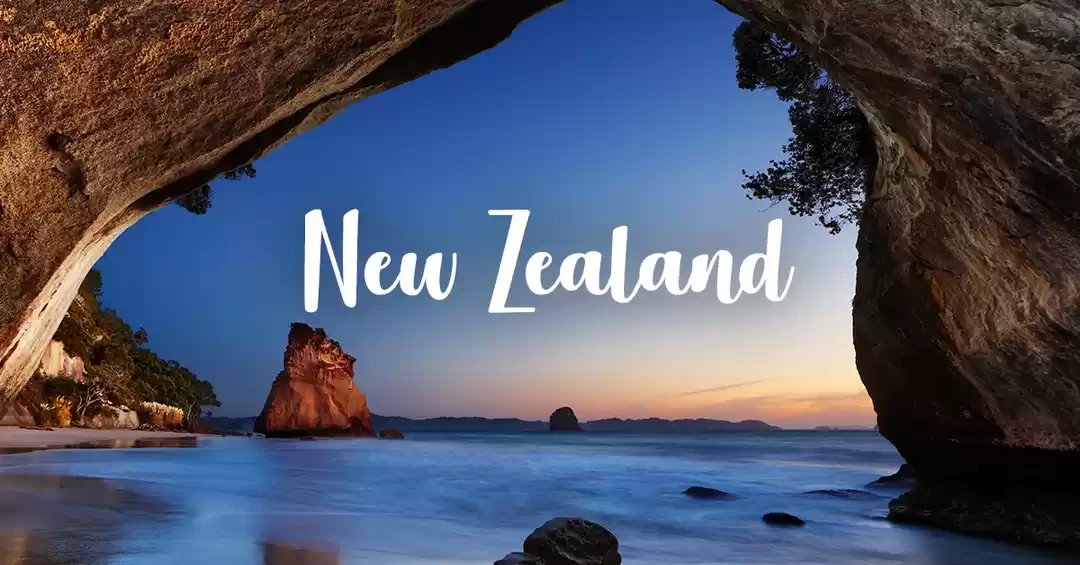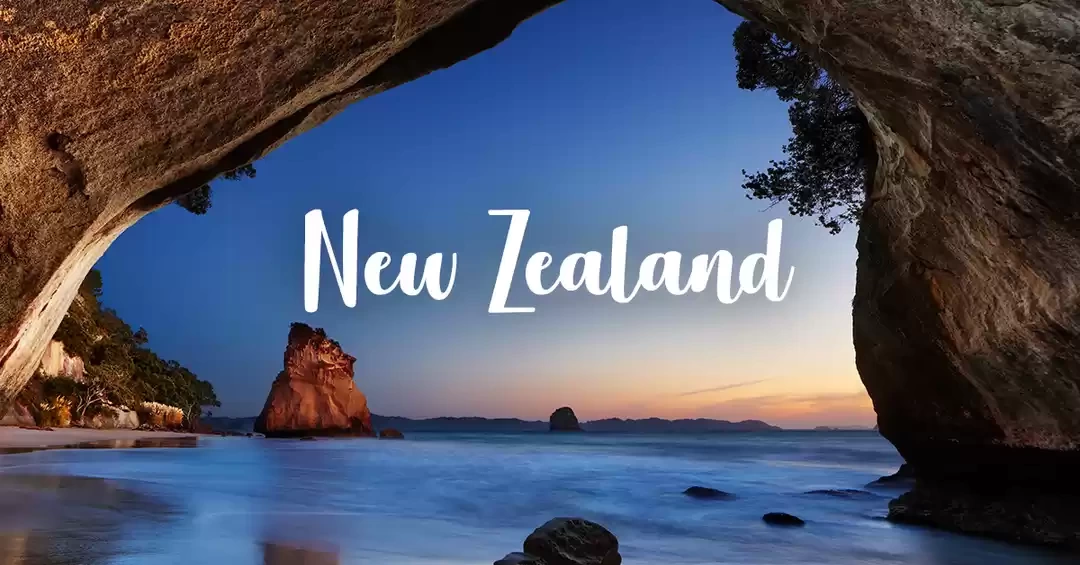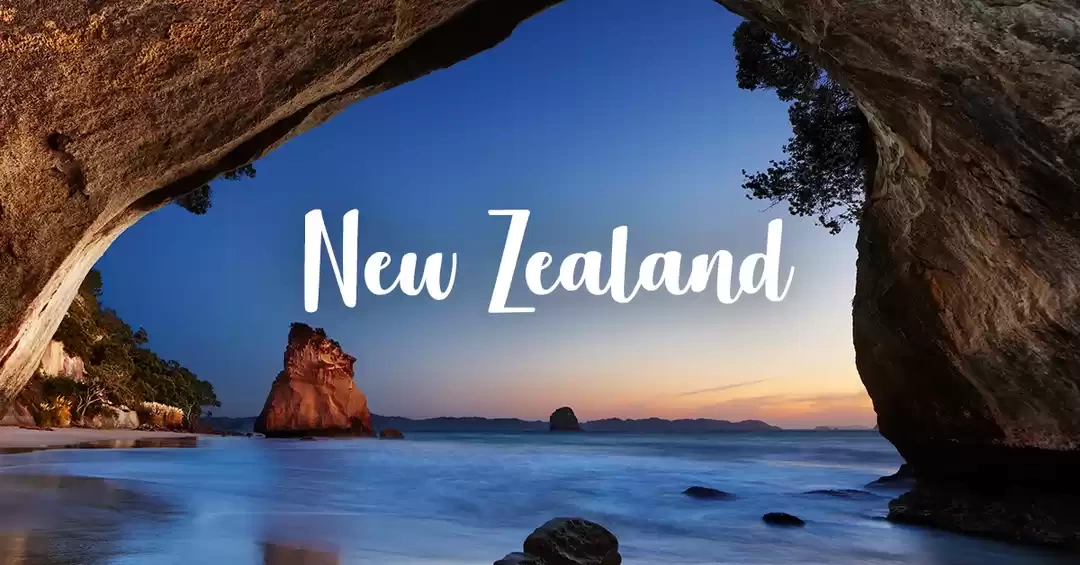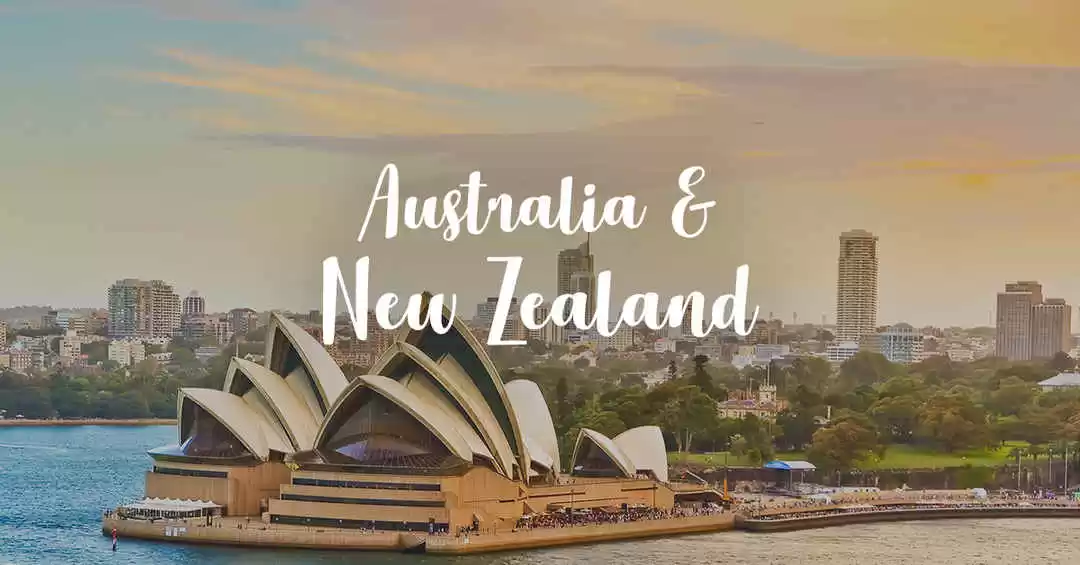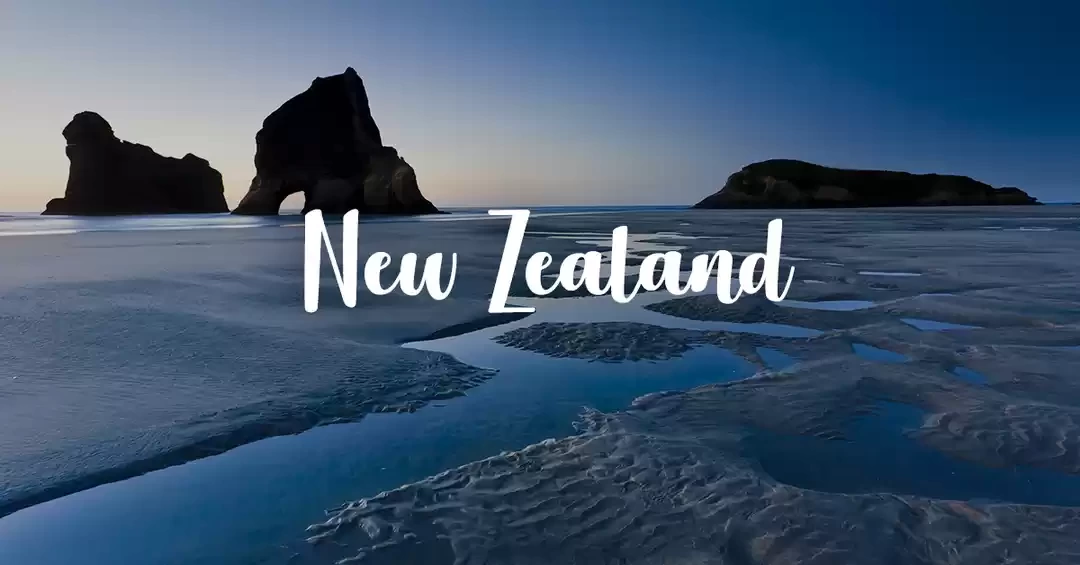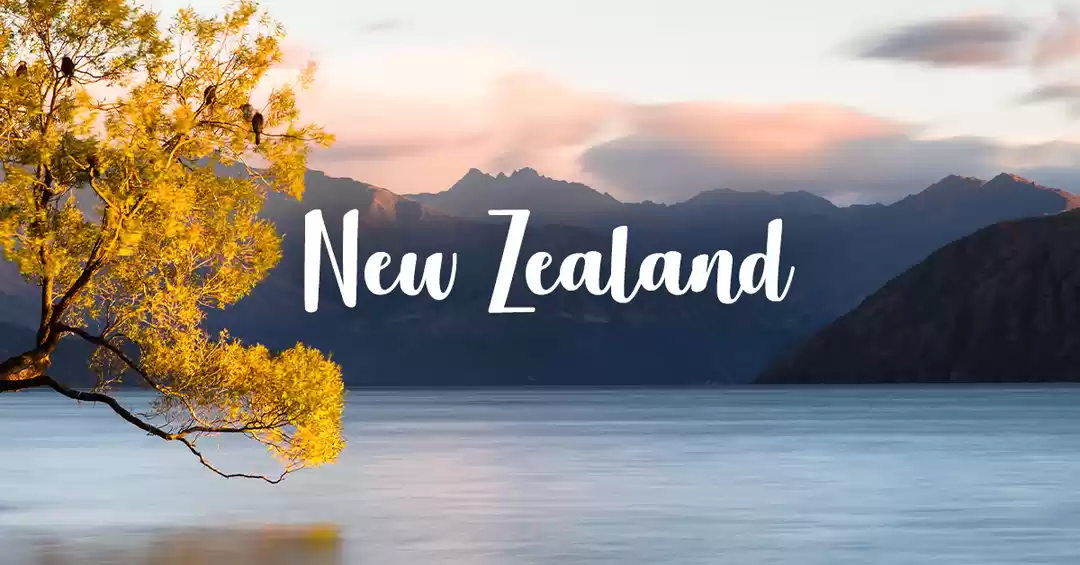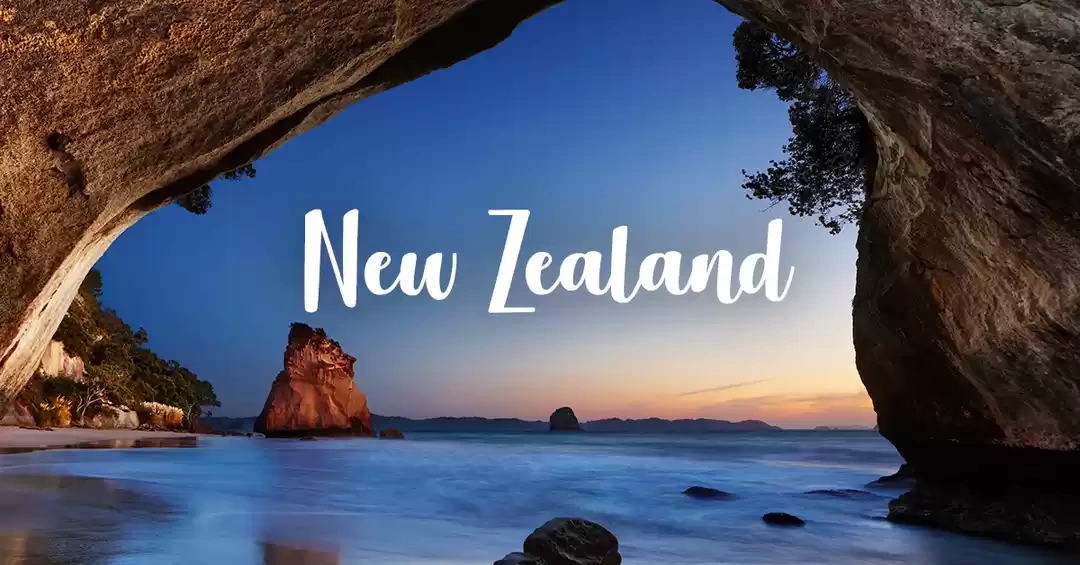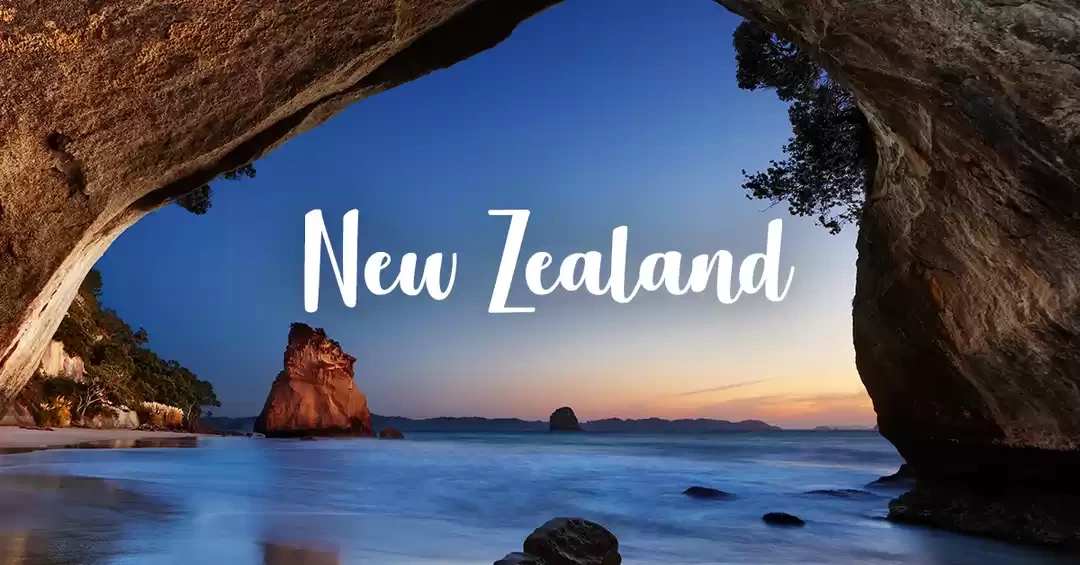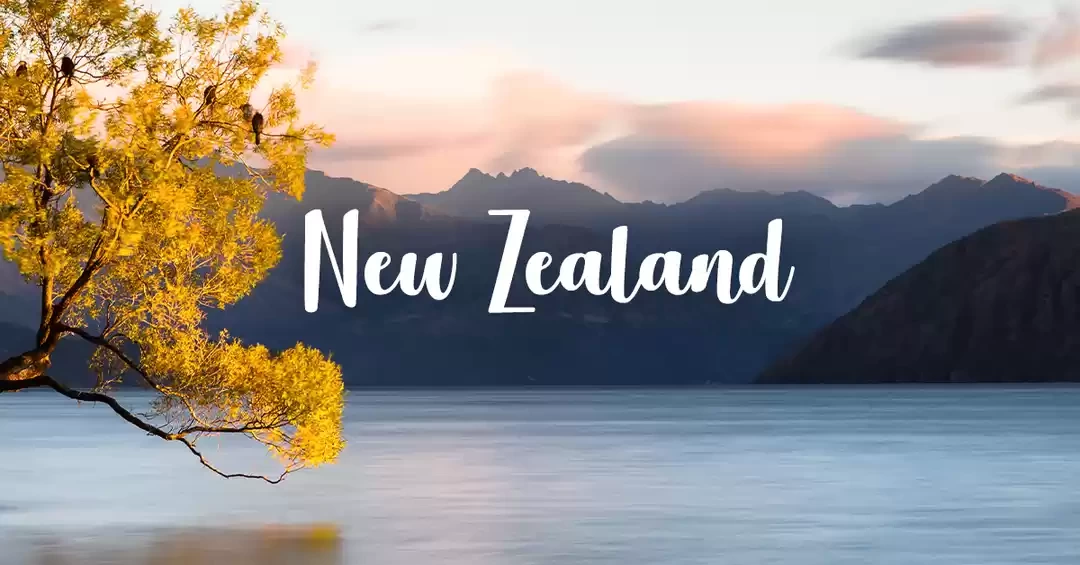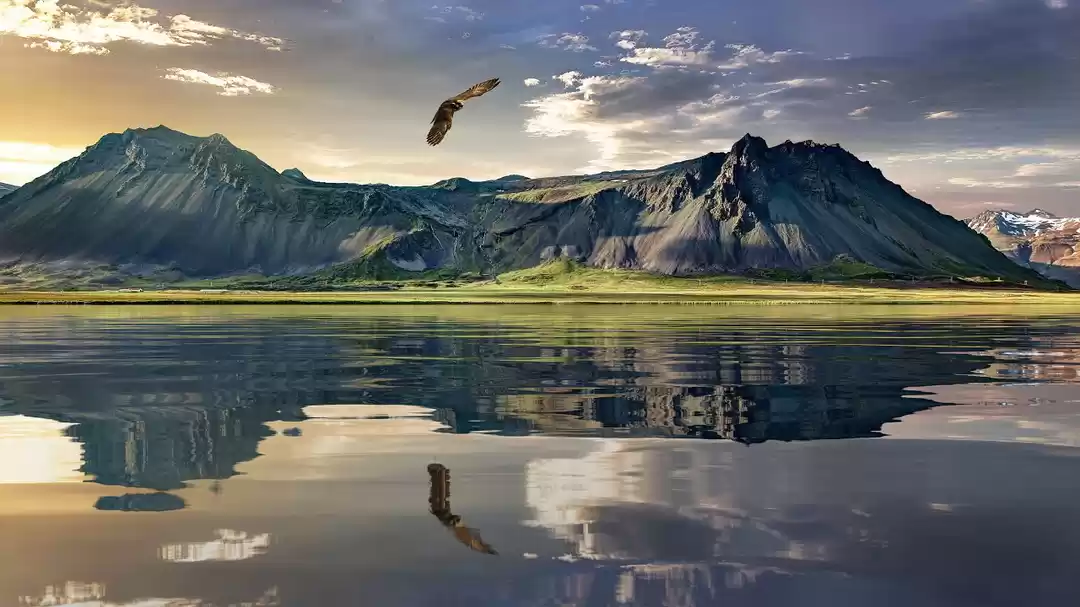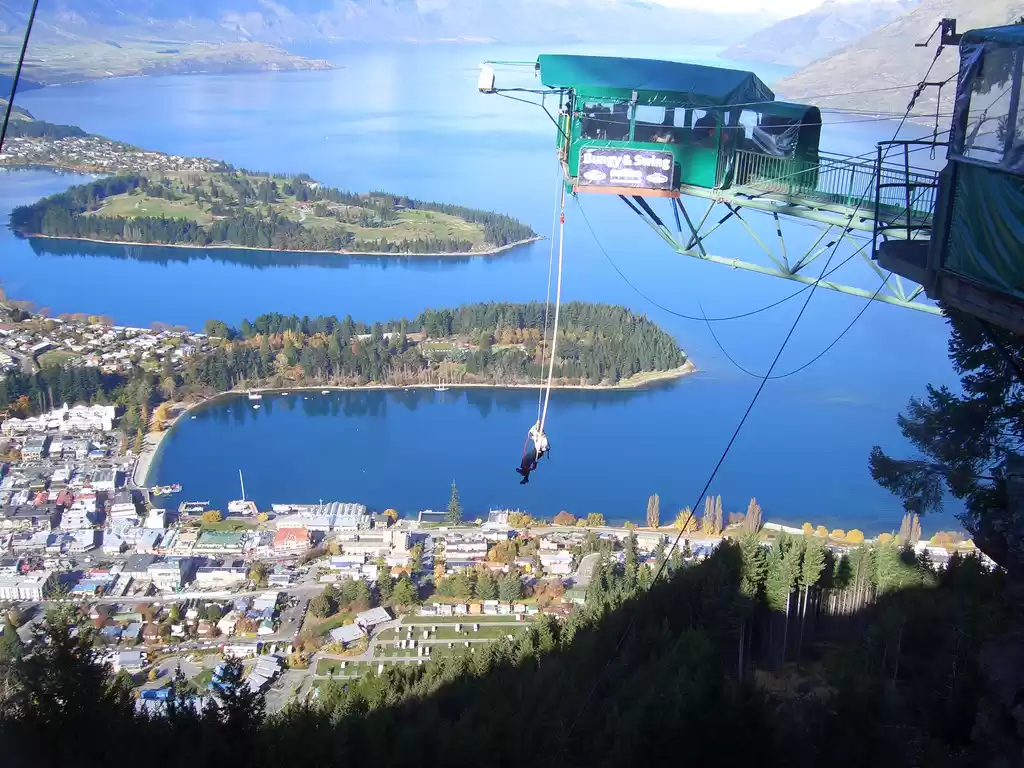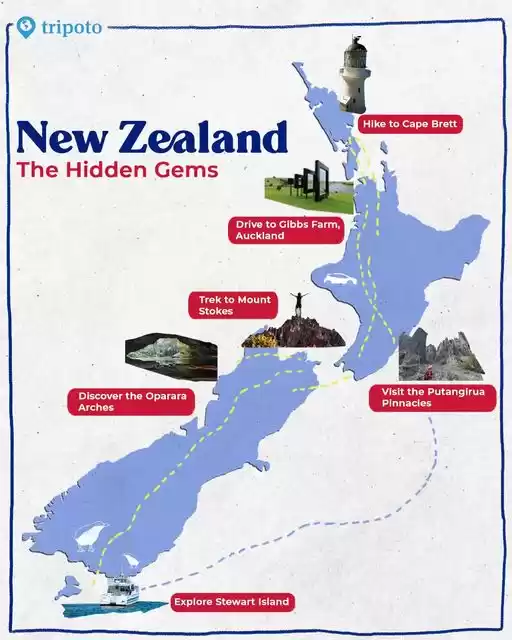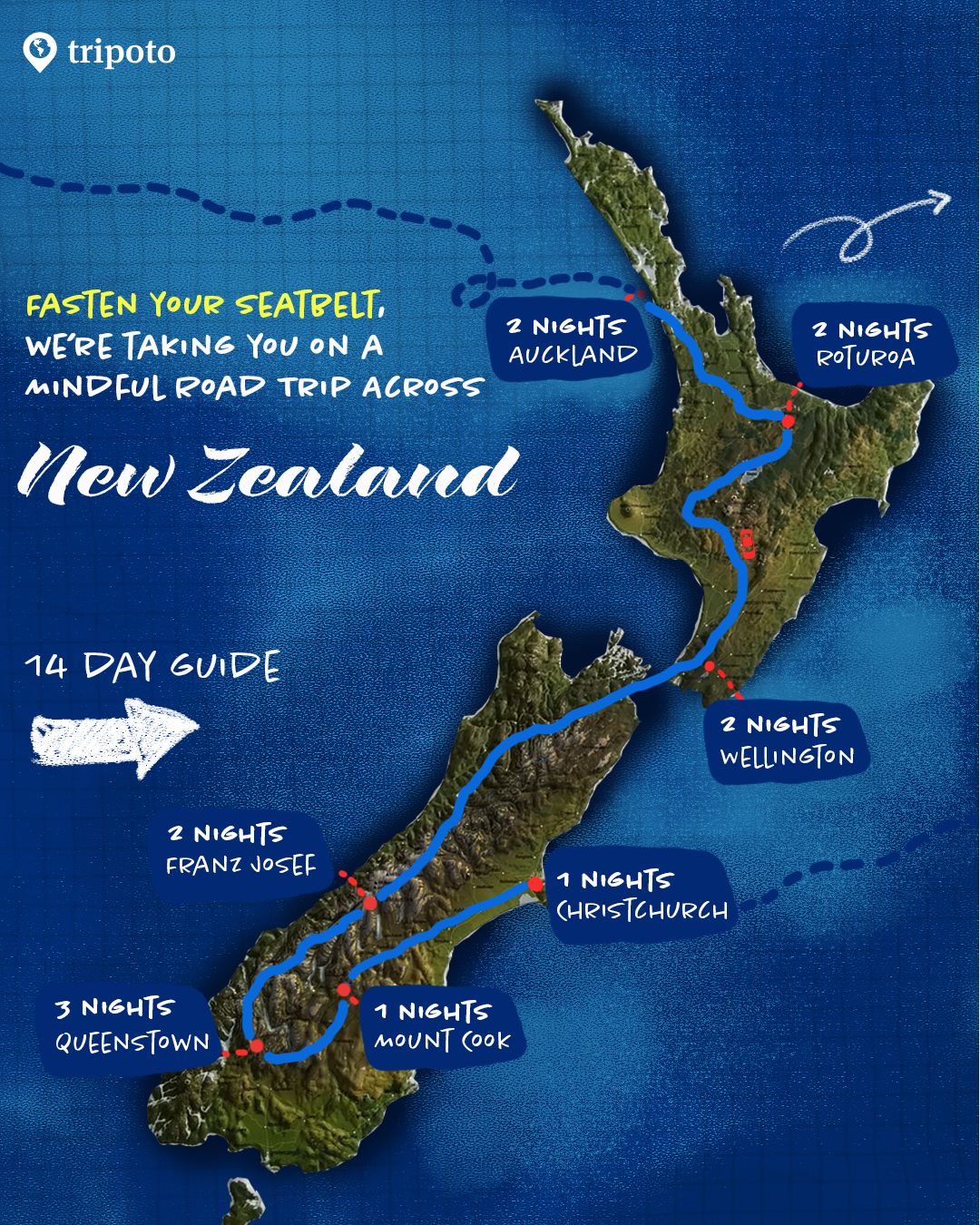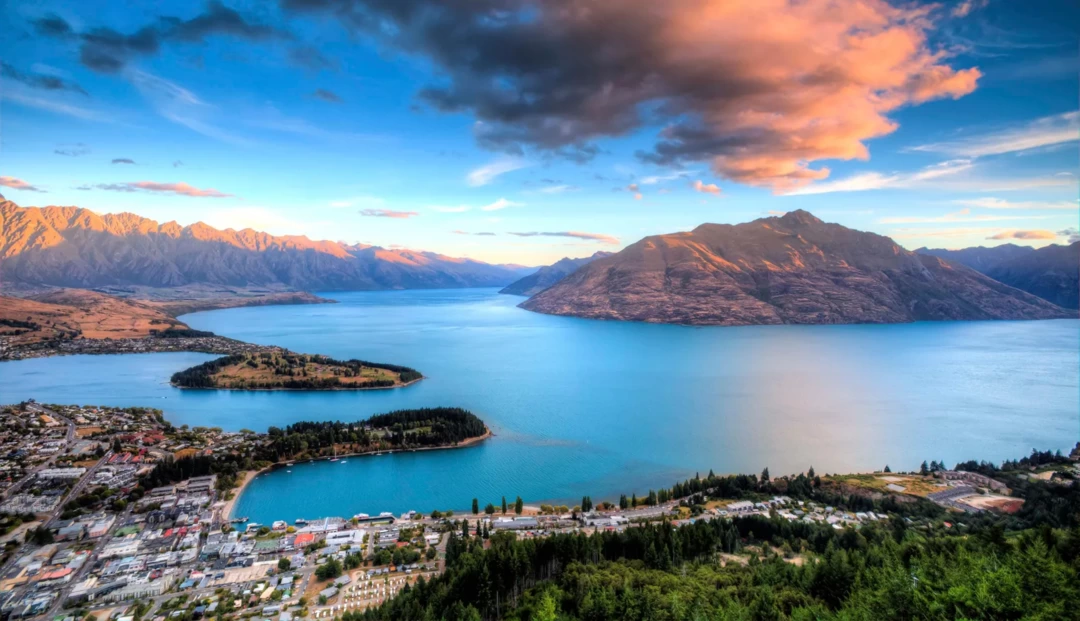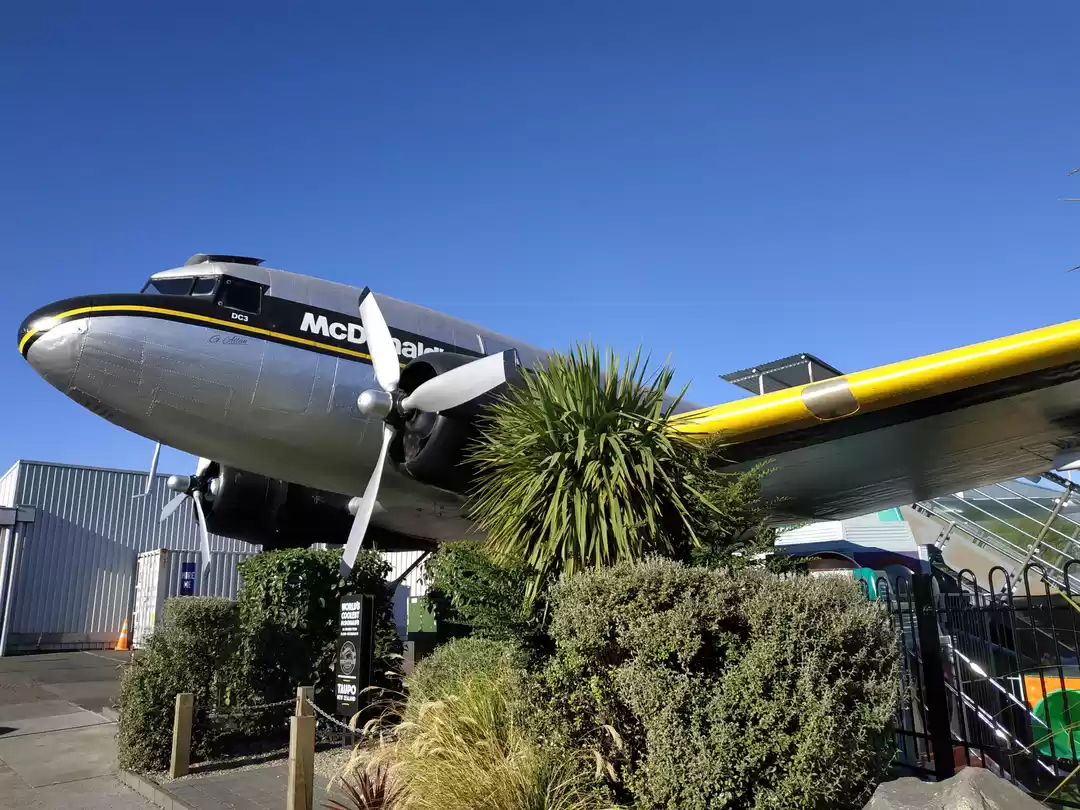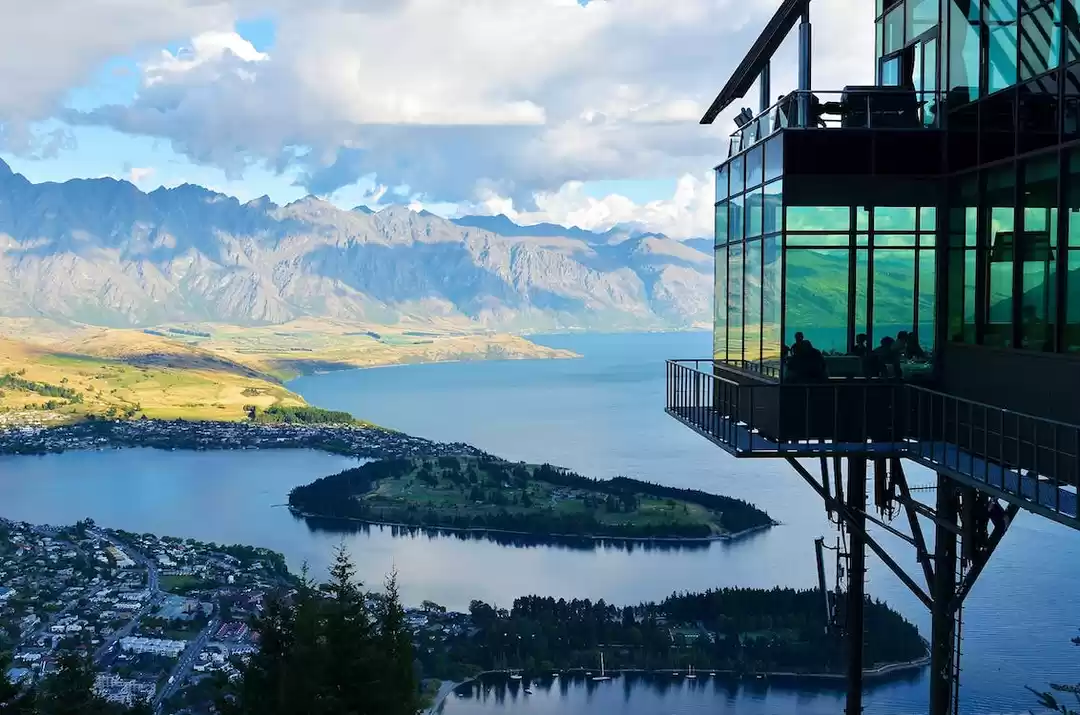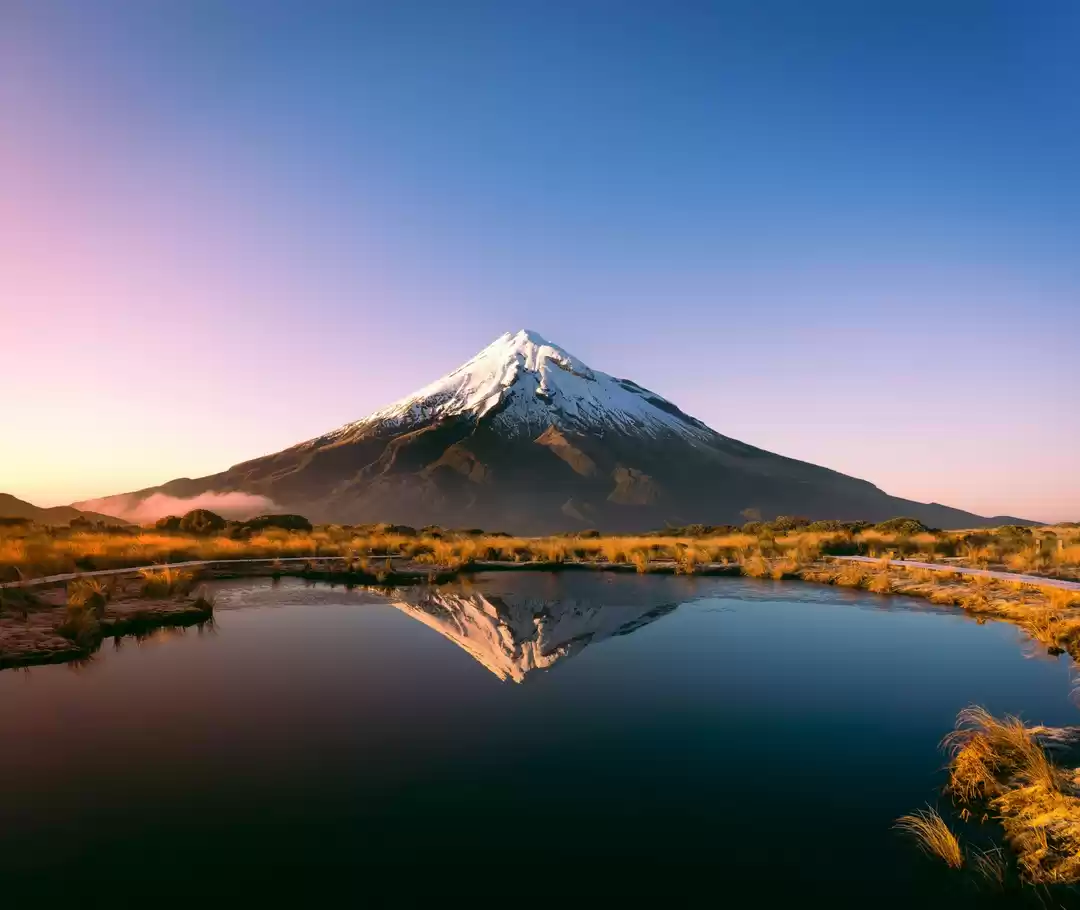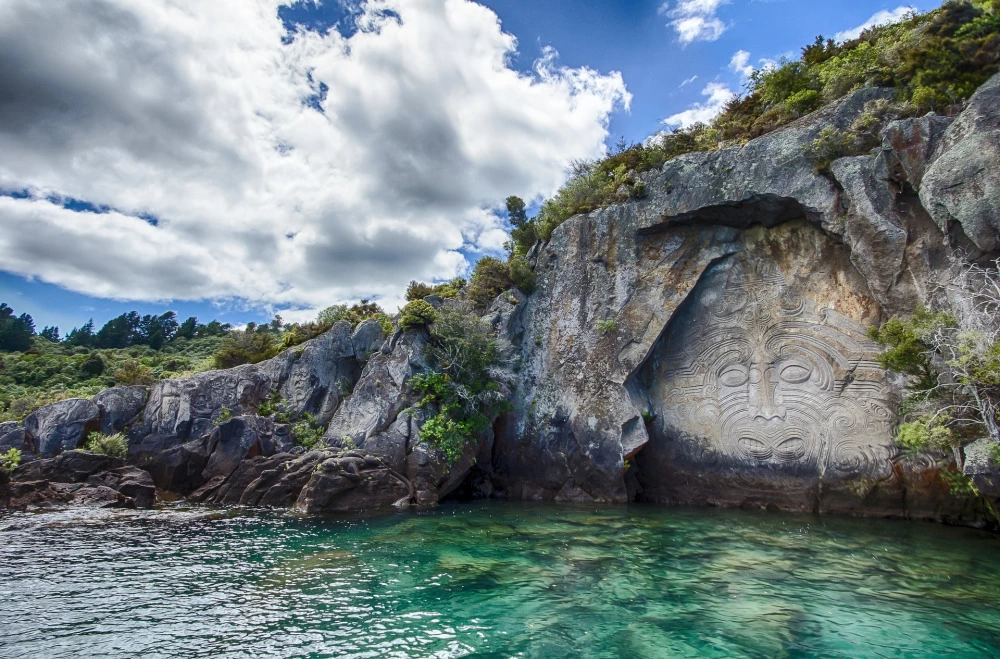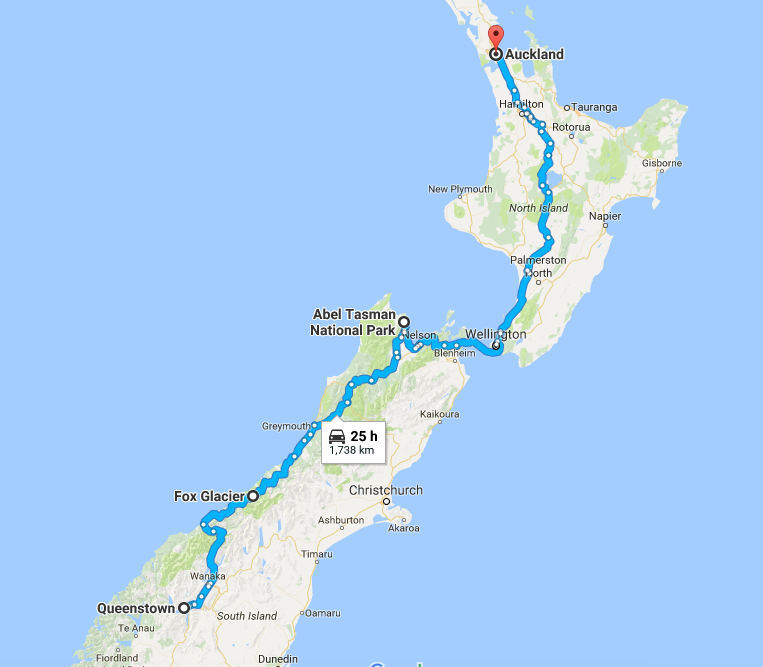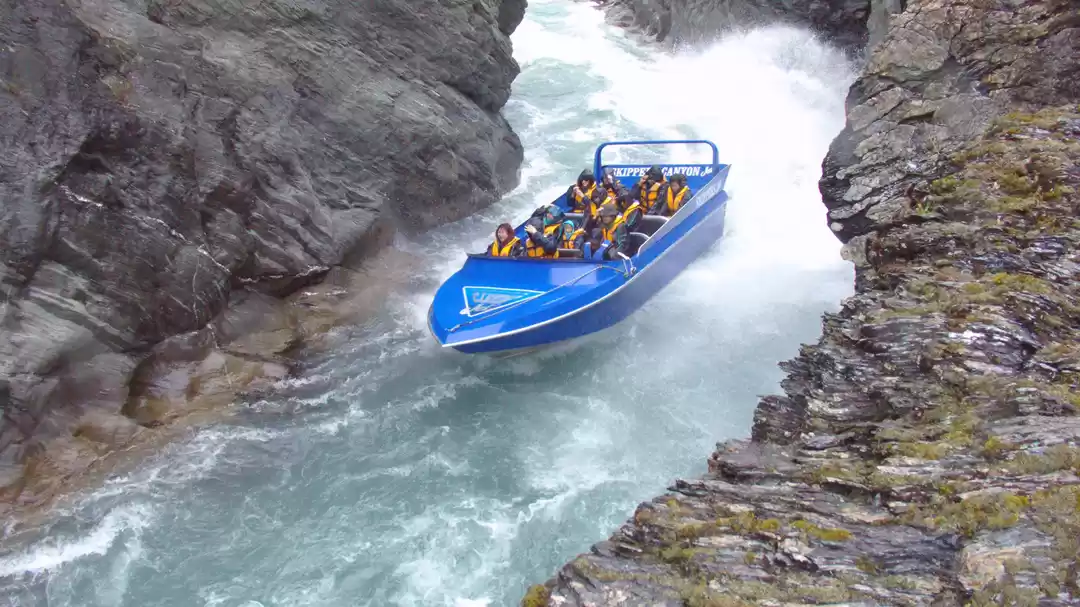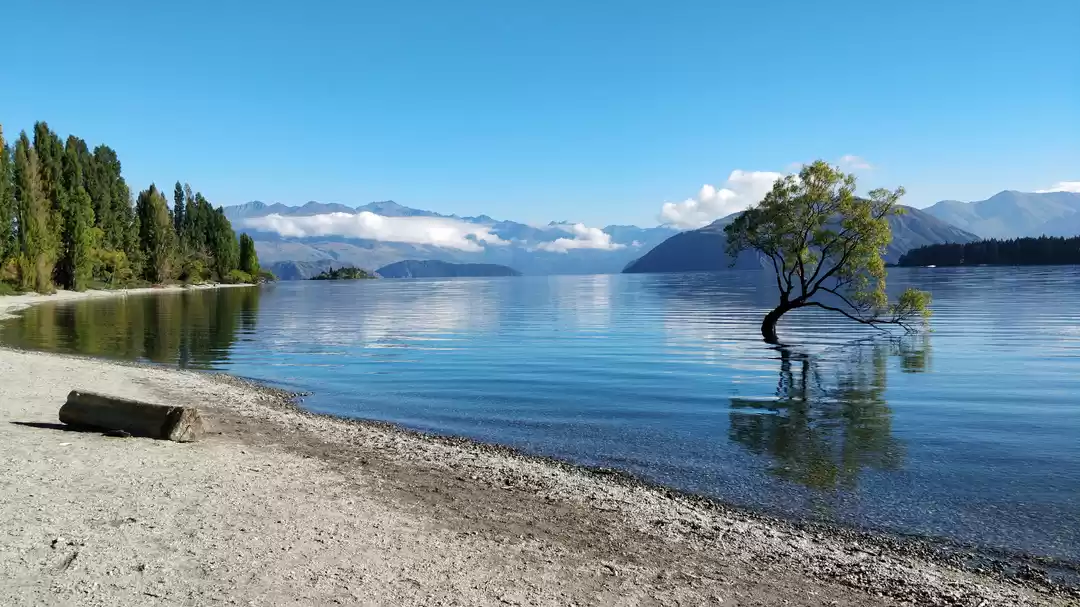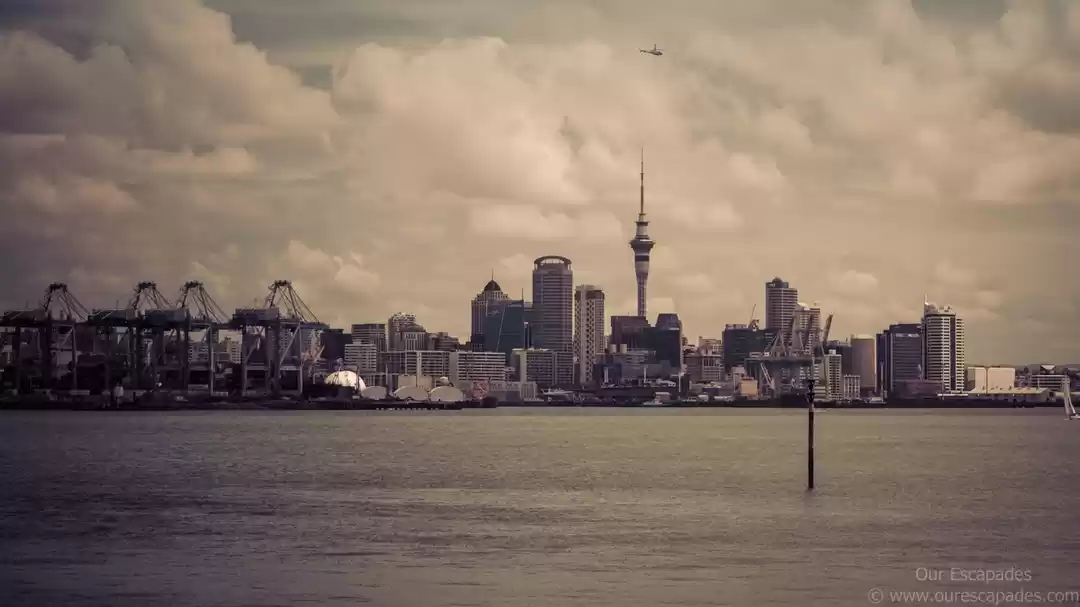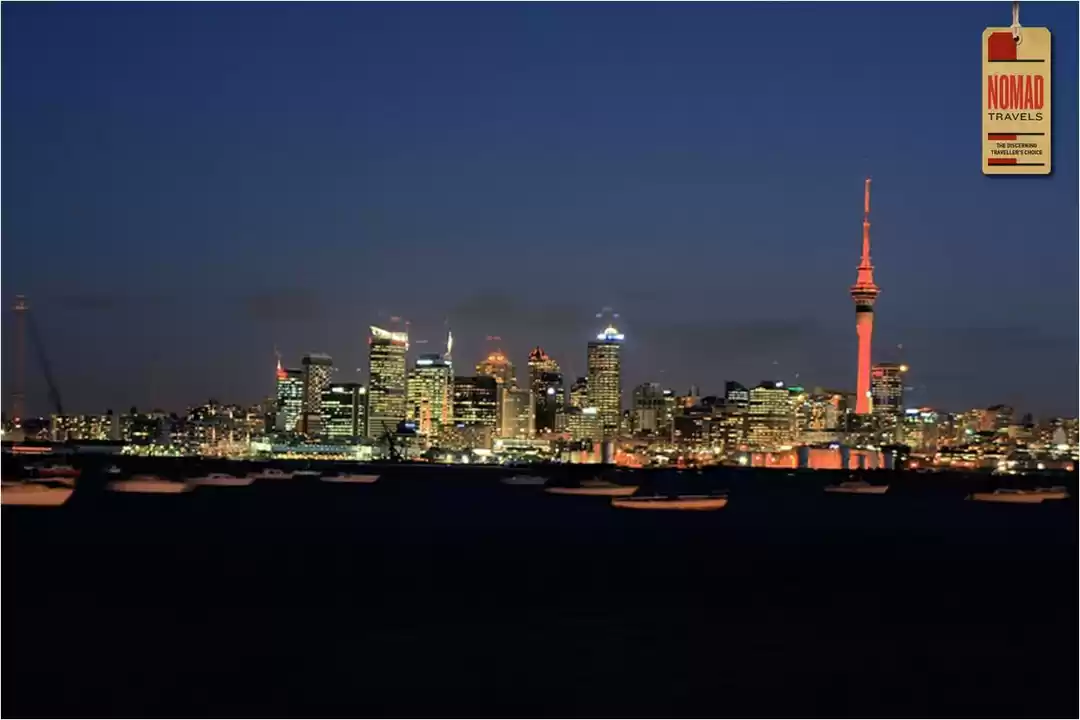






There is a place deep in the heart of South Island, New Zealand that is an echo of the world’s evolutionary history. Not only does it contain rare examples of flora and fauna found 200 million years ago, but it is of great mythical significance to the Ngai Tahu tribe of the Māori. This is the Te Wāhipounamu (“Place of the Greenstone”), a 26,000km2World Heritage Site along South Island’s west coast, which contains its greatest treasures – the four national parks of Aoraki, Fiordland, Mt. Aspiring and Westland.
The very flavour of Te Wāhipounamu is legacy. It is the heartland – the nucleus of the Ngai Tahu tribe’s history and existence. Not only is it their ancestral land, but it is also home to pounamu, a prized jade, translucent stone indigenous to South Island, which gives the region its name.
It was through this vast, wild expanse that we were traversing – a 350 km seemingly arduous but completely enchanting road trip from Franz Josef to Queenstown via the famed Haast Pass. As enthusiastic trippers and nature lovers, we were hoping to weave a travel story of our own. Little did we know that Te Wāhipounamu is not only about the past; each facet of this cultural, verdant landscape is a beautiful blend of Māori legends and new-age tourism wonders that would bring us closer to becoming a part of its soul.
You cannot exist in this world without leaving a piece of yourself behind, and this becomes evident while travelling on the Bruce Bay region of the Haast Highway. Driving alongside a slate-grey Tasman Sea drew our attention to the piles of snow-white rocks at a distance of every few metres. When we passed more than five such piles, curiosity got the better of us and we stopped to examine them. To our great surprise, they were filled with lovely, heart-warming messages – birthdates, names and wishes of all kinds – written by tourists like us. Search for an empty white rock – mind you, it’s difficult – and leave a message. As we drove away after having done the same, we felt good to have left a little piece of us behind on the road.
The poetry of Earth is never dead, and Lake Paringa looks like it was Earth’s first wonderful attempt at balladry. Located 26km from Bruce Bay, Lake Paringa, whose meaning in Māori is “Lake of Flowing Tides”, is the epitome of irony. Deep, dark green mountains rest against an otherwise very still lake, the waters reflecting the sights of the high heavens. Snow white clouds hover halfway to the peaks. Overgrown picture-perfect bushes seem to protect the majestic sight from prying eyes, almost acting as a curtain to the theatrical wonder that Lake Paringa is. If you’re lucky, you’ll find no other tourist when you make a pit stop here, allowing you to singularly experience Paringa in all its glory.
As we left Lake Paringa behind, the pewter–coloured smooth road kept curving at unexpected places, as if teasing us for not knowing what to expect next. What we certainly weren’t expecting was this: a high viewing platform overlooking the cerulean waters of the Tasman Sea, brimming with the best of the summer foliage that the wild west coast of southern New Zealand had to offer. This is the historic Knights’ Point Lookout, which is symbolic of the Māori culture meeting the great infrastructure era of 1950s New Zealand. Dense forest-covered slopes met the Tasman Sea in a dramatically curved bay, as a motley of striking grey-black rocks jut out in the centre. The frisky waters shone in various shades of blue – beryl, cobalt, teal and sapphire all at once, even as the white foam crashed against the rocks every now and then. All around, the lush undergrowth brimmed with wild mountain flowers. Standing on the edge of this wilderness, I felt a sigh escape me – the confluence of the rainforest, the coast and the sea was mesmerising.
By the time we approached the Haast River, I had a feeling that the great heartland was in no mood to stop its subtle showing off. Sitting in the middle of nowhere was the gushing Haast River, going from strength to strength as its cobalt-blue waters seemed to engulf the surroundings. The rocky banks and the mountains in the distance stood silent, as if offering a tribute to it. As we stopped to admire the beauty of the scene, everything seemed to rush at me all at once – the trees, the mountains, the river, the very air of it all – and I felt my lungs inflate with the sweet onslaught. A strange melody eternally echoed through the air; it seemed like the whispers of the hundreds of thousands of souls that were connected to their ancestral land. Up until the 1950s, this region was completely inaccessible. Today, I was experiencing it more than three-quarters of a century later, and couldn’t help but feel content and grateful.
As we approached the Fantail Creek, the scenery turned wilder. Around 5km from the Gates of Haast lie the beautiful and quirky Fantail Falls. A short walk through the dense undergrowth led to a smaller shoreline of the Haast, wherefrom we filled our bottles with fresh mountain water as it flowed along merrily. For us city-bred mice, it was a heady experience drinking water from an actual stream! Finally, we followed the concrete path to where Fantail Falls stood, and suddenly stopped in our tracks.
It was a strange sight. Rock cairns of various sizes looking their mysterious best were scattered across the banks of the waterfall like miniature Giants’ Causeways, as if guarding the place. For a minute, we didn’t move, for the cairns looked extremely intimidating. Built with flat pebbles and stones of various sizes, there were some that looked almost impossibly perfect. However, the cairns looked less scary when we approached them, as we saw other tourists building new ones around. Realising that this was another tourist-to-tourist bequeath spot, we set about designing our very own rock structure, the waterfall and the blue waters of the Haast making for a gorgeous backdrop. I couldn’t believe that I was sitting in one of the most uninhabited regions of the country, playing Michelangelo by a waterfall – it was almost fantasy-like.
Soon after we exited the waterfalls, the scenery slowly began to change, the green and the jade were being replaced by shades of russet. We realised that we were leaving Te Wāhipounamu and its captivating vistas behind. As we stood on the dry, rugged peaks of the Crown Range an hour later, we looked towards the road, excited to experience something new. However, we did look behind, for we couldn’t forget what we’d been through, all that we’d seen and how we’d come to experience the soul of the ancient ancestral land of the Māori. Today, Te Wāhipounamu has withstood and endured, as has the age-old Māori saying for it – “People come and go, but the land endures”.Blogged originally at http://lunkhead.co.uk/2016/01/28/stairway-through-heaven/
Frequent Searches Leading To This Page:-
New Zealand Tour Packages From India Price, Best New Zealand Tour Package, New Zealand Cheap Holiday Packages, New Zealand South Island Holiday Packages, Top New Zealand Tour Packages With Price, Best New Zealand Itinerary, New Zealand Vacation Packages



